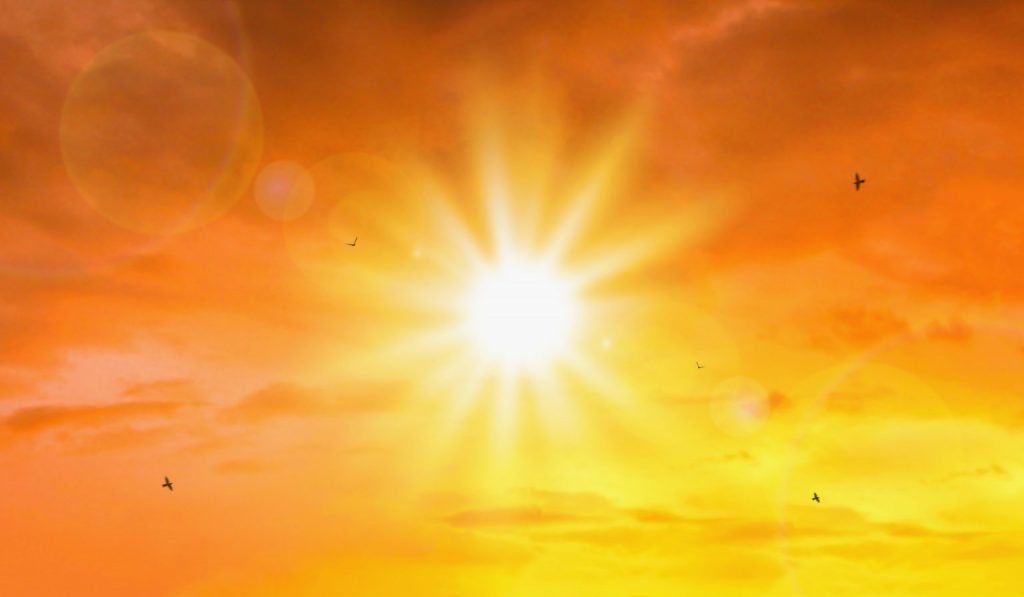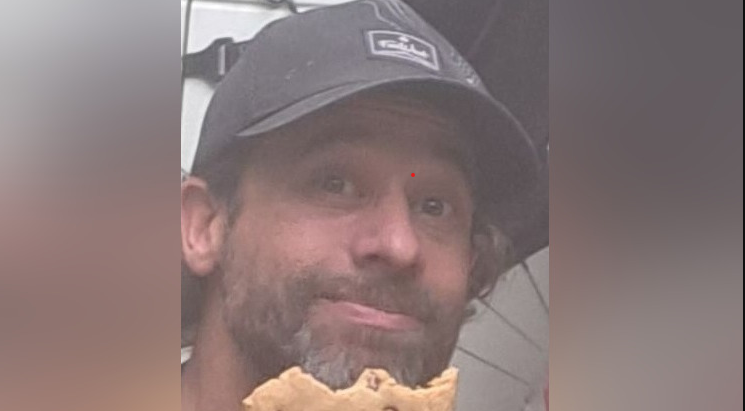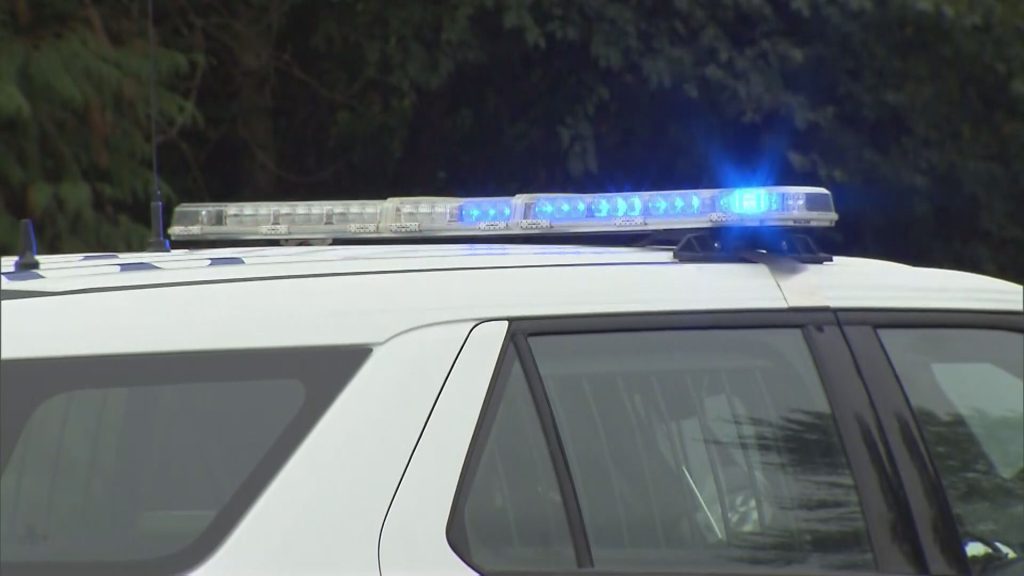What went so wrong in the lead-up to B.C.’s deadly heat dome?

Posted June 27, 2022 5:28 am.
Last Updated June 27, 2022 7:33 am.
It’s been one year since more than 600 people died, many others were left ill, and thousands still struggle with the anxiety of last summer’s historic heat dome that’s been described like a strong ridge of high pressure, which trapped stagnant air like a tight lid over the province.
Just days before the heat became unbearable, a weather warning was issued by Environment Canada, letting British Columbians know they were about to experience some intense heat. Despite that, it seemed as though, no public agency or the government was prepared for what was about to happen.
Listen:
“E-Comm saw a huge influx of 911 emergency calls, particularly with requests for the ambulances. People were suffering with the effects of the intense heat, more so than anything we’d ever experienced. There were some days that we saw double the [number] of calls that we would have normally seen on those 911 lines,” explains Kaila Butler with the emergency response service who adds not only was the system overwhelmed, but so were call-takers who struggled to direct help to those who needed it most.
“It’s also important to note a lot of the calls we receive on police non-emergency lines are actually not police matters. Particularly, during the heat dome last summer, we were seeing people call through asking, ‘When was the heat dome going to end?’ ‘What is the weather status for the next couple of days?’ ‘My power is out,’ because that was a common issue throughout the heat dome last year. There are, of course, more appropriate resources for things like that, like checking the weather networks [or] referring to BC Hydro,” Butler says.
Last year was really an eye-opener when it comes to the climate crisis and for those on the frontlines, the struggle to bounce back from that, has been a long road to recovery.
Related Articles:
-
B.C. announces extreme heat emergency alert system
-
Vancouver mayor confident city will be ready for first hot weekend of summer
-
B.C. urges preparedness and strategy to fight extreme climate events
“The whole year was exceptionally challenging for our staff. As the first, first responders, that first point of contact for anyone across British Columbia who’s experiencing an emergency, it was an incredibly trying time. Not only did we have the COVID-19 pandemic and the opioid crisis ongoing, we had fires, we had floods, we had heatwaves that not only were impacting our staff professionally, but also personally, especially with locations in the Lower Mainland and in the southern Vancouver Island region. The flooding heavily impacted our staff. The heatwave, of course, when you’re getting home at night and it’s super hot, or you’re getting home in the morning and trying to sleep throughout the day when temperatures are hitting those 40 degrees, it’s exceptionally challenging. That’s in addition to the fact, of course, we knew call volumes were high and there were extended wait times, particularly on non-emergency lines, but even more detrimentally so, on those emergency lines as well. That’s a huge burden for our staff. They know there are people waiting on the line for their help,” says Butler.
Burnaby Mayor Mike Hurley, who was a firefighter for 30 years, says everyone was taken by surprise and he also points to how the 911 system, he puts it, let us all down.

(Courtesy: Government of B.C.)
“It was devastating to see so many people struggle, and it certainly pointed out the failings in our systems and what we can do to keep people safe, and we have to do better. Certainly, it was a tragic lesson to learn but I think all levels of government have to do more and everyone, in their own responsibilities in looking after their families and their neighbours, that is real key, like government alone are not going to be able to do this, but we can certainly put actions in place that hopefully encourages people to look after their neighbours and ensure their families are looked after,” Hurley says.
President of Ambulance Paramedics and Dispatchers of BC, Troy Clifford, is not holding back when it comes to how he thinks his organization handled things.
“I don’t believe BC Ambulance Service met their mandate to provide care for the citizens of the province and that was well exposed during the heat dome, and I think that is evident by what the public, media, and the government’s response to how they failed to respond to the heat dome and be prepared. So, I would give them a failing grade, absolutely,” Clifford says.
He adds if things had been done differently, it’s entirely possible, some people who would have lost their lives.
“None of those people had a fighting chance in the best scenario. We know heart muscle dies after three or four minutes and if [paramedics] aren’t meeting them in that time in the most critical of calls, then that really highlights how significant that was. We need to be better prepared. Knowing it’s coming and being prepared and doing everything in your power to have all hands-on deck… we do have measures that we can do on an emergency situation that were not exercised that last time.”
Like the E-Comm call-takers, Clifford says the heat dome left a lasting impact on paramedics.

(Courtesy: Government of B.C.)
“When you’re picking up 30 or 40 per cent of the calls on a shift because service levels are at that level, that’s adding to your burnout, that’s adding to your fatigue and the pressures you’re going through. We’ve got people who were on during the heat dome that still haven’t returned because of the psychological injuries. Watching how we couldn’t get ambulances or going to back-to-back calls that they just couldn’t… and they’d seen the devastation and the death,” explains Clifford who adds about 30 per cent of the paramedic workforce is either off the job receiving help or is working through it while seeking mental health help through the APBC.
Meantime, an in-depth coroner’s report on the heat dome, issued earlier this month, found almost every death happened indoors and many involved seniors, who essentially died alone in the heat. It also confirmed, the highest number of heat-related deaths happened in Vancouver, 117, followed by Surrey at 75 and Burnaby at 73.
This story is part of a three-part series. Check back Tuesday when we take a closer look at where things stand now when it comes to provincial emergencies.








